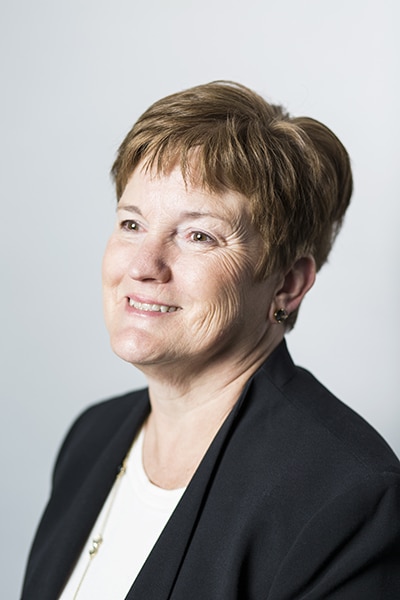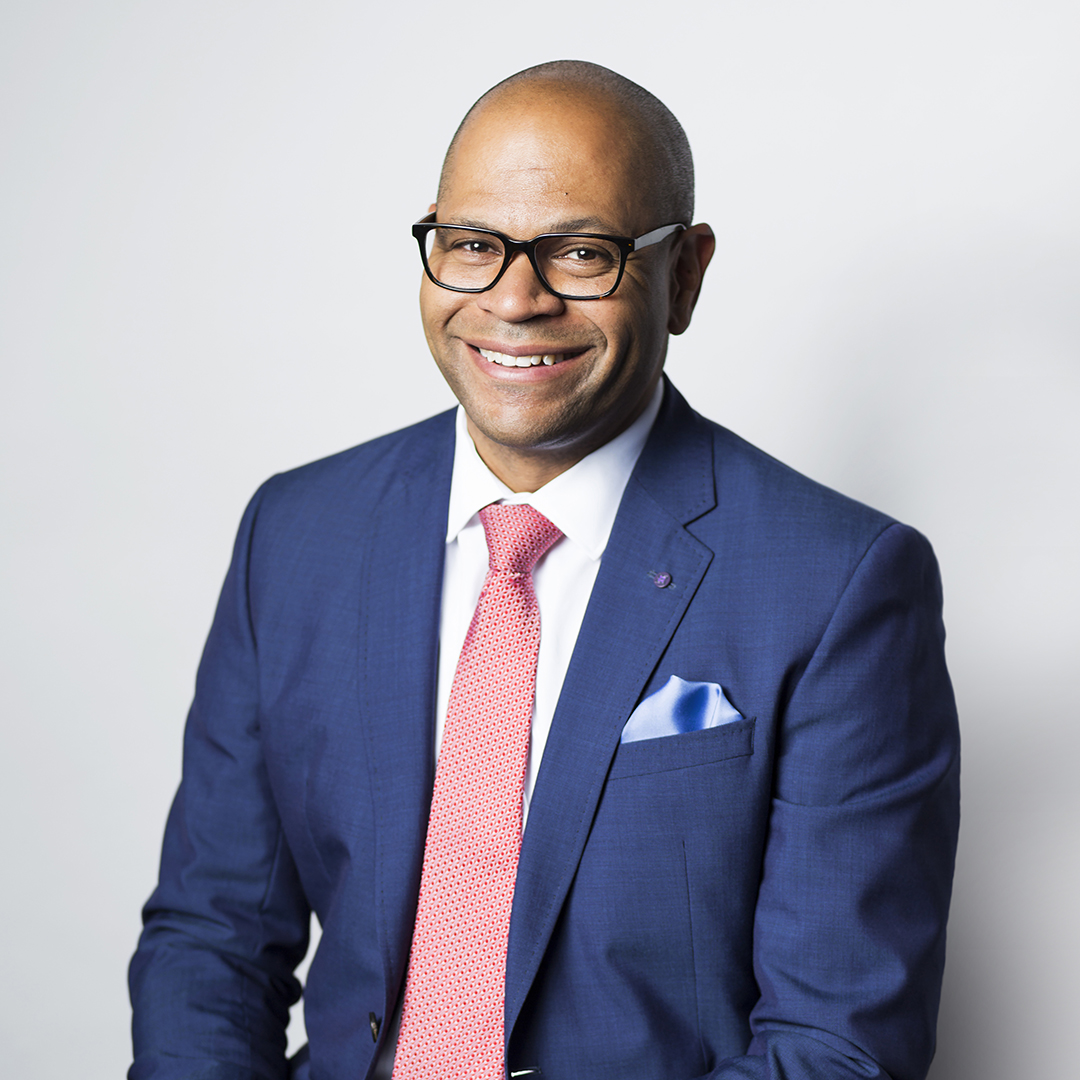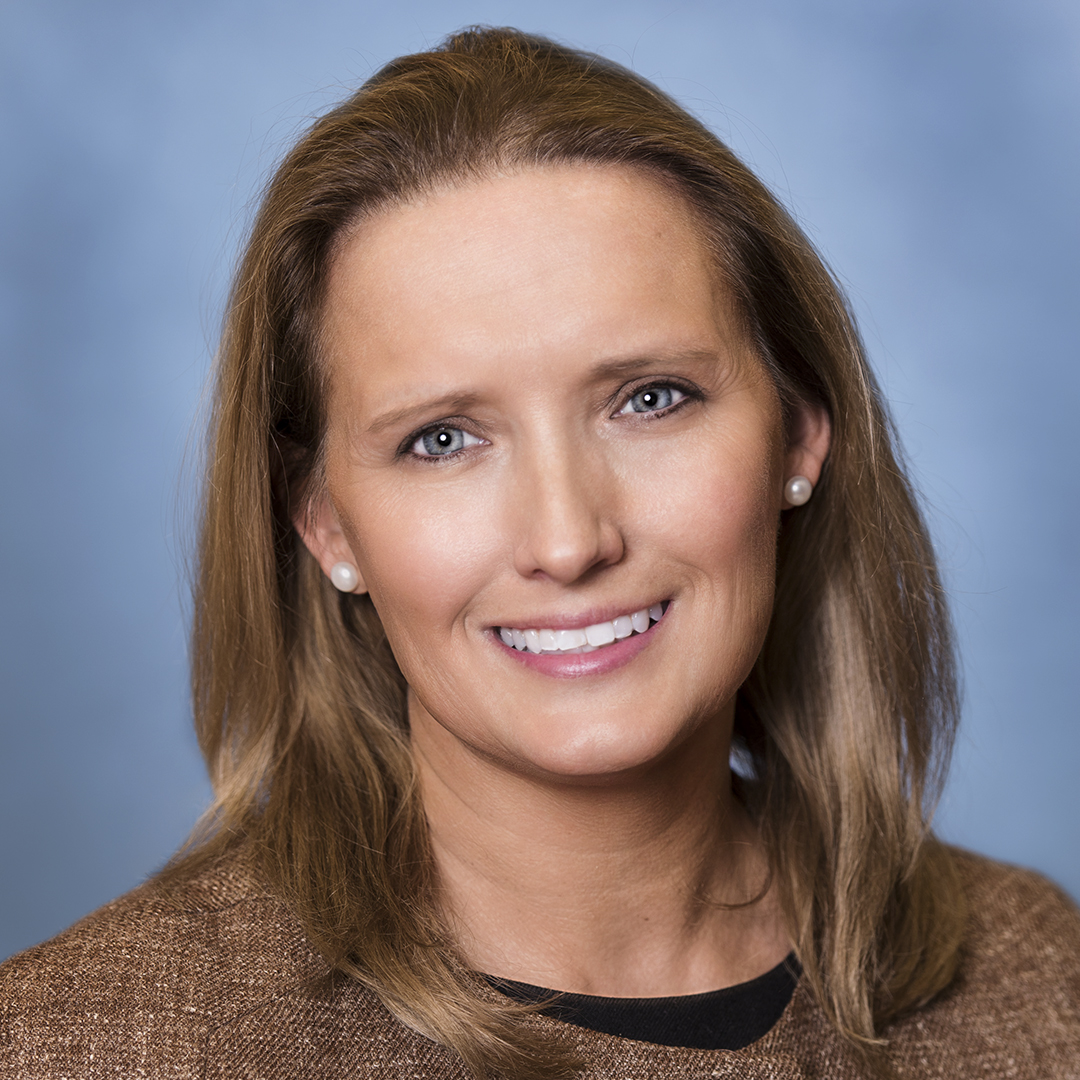With more than 2,200 patient beds across its system, every day at Northwestern Medicine is buzzing with activity. And when Northwestern’s clinical leaders began work on Project One in 2015, the day-to-day clinical activity didn’t stop. This meant physicians, nurses, and care team members were simultaneously caring for patients while working to implement the health system’s new EMR.
To help clinical staff manage this intense workload, executive leadership extended thoughtful consideration and engaged clinical and professional leaders to help guide decision-making related to content, workflows, and decision support for the duration of the project.
Lea Ann Arnold, DNP, RN, and Northwestern’s director of nursing informatics, led the effort for inpatient clinical work to ensure clinical leaders could provide input for the new EMR, as well as to help foster consensus across the entire system about the new design.

“The care team at our twenty-six-bed critical access hospital needed to have a voice in decision-making just as much as the community hospitals and the academic medical center with 850 beds did,” Arnold says. “It was really about being intentional about decision-making and making sure that all voices were heard.” This approach allowed teams to learn from one another and explore best practices for the system, while keeping patient health and safety as their guiding principle.
To help achieve such a monumental task, chief nursing executives enlisted the help of operational project managers. These individuals stepped away from their clinical roles to serve as dedicated members of the project, which allowed them to stay completely focused on the initiative without having to simultaneously manage daily bedside clinical responsibilities.
These operational project managers were involved in all phases of the project, from design and confirmation sessions to partnering with the training team, to helping predict the degree of change that the new EMR would bring to a team.
“These operational project managers and additional clinical experts became instrumental in helping us make sure we had tapped the right person on the shoulder to address issues as they came up,” Arnold says.
They also served as ambassadors between their departments, clinical team members, and executive leadership for the duration of the project, which helped Arnold foster enthusiasm and trust among clinicians for the initiative. For her, it was important that the entire care team saw this project as more than just an IT initiative.
The new EMR system serves three main purposes, Arnold says: to function as a communication tool to provide real-time care for patients’ immediate needs, to formulate a legal medical record and an accounting of care provided, and to help clinicians identify broader health trends in Northwestern’s patient population for research, prediction of health outcomes, and improved population health.
“The EMR is a tool for the healthcare team to enable excellent patient care delivery,” Arnold says. “It’s only going to be as good as the information that goes into the system, from design to data entry. That means our frontline staff has to design and develop how it’s going to work because they are the ones who will use this tool. The IT team is the enabler to make that happen.”
On a tactical level, Arnold and her team still had to confront how to most effectively get that message out. To begin, Arnold and her team orchestrated a grassroots effort to make sure everyone was attending and contributing to clinical content build-out sessions, which is where stakeholders reviewed all the information going into the system, and ensured that it was easily accessible for anyone who would need that information.

As content was finalized, communication experts assisted Arnold and her team in sending out newsletters to Northwestern’s various departments that highlighted how relevant information would be displayed in the new system. The goal was to familiarize physicians and nurses with the EMR and alleviate some of the stress of learning something new.
“For example, for the emergency department, we had a set of newsletters that went out specifically with content that was going to impact them,” Arnold says. “The same went for nursing, rehab services, wound care, nursing, dietary, and more.”
In addition, Arnold emailed the content of the newsletters directly to nurse leaders across departments, who then would go over EMR updates specific to their division with their staff in a daily huddle. Operational project managers also attended nursing leadership meetings to share the information on a routine schedule.
The impact of this collaboration has been clear, even shortly after Project One’s go-live date in March 2018, Arnold says. Reflecting on the three-year endeavor, Arnold says the work of Northwestern’s fall prevention team stands out as a prime example of the collaboration between clinical leaders throughout Project One.
“Everyone went in very passionate about the work they had already done to reduce patient falls. We had representatives from each of our hospital sites who helped design and develop a fall prevention program that IT then built into the new EMR,” Arnold says. “It was so rewarding to watch leaders from each site come together and really define a solution that we could use across the system.”
As a result of this team’s work, individuals using Northwestern’s new EMR will be able to see a history of a patient’s falls and their risk for future injury if they should fall again. This will help the care team collaborate and come up with a care plan to help mitigate that risk, Arnold says.
She is energized by the unity Project One catalyzed, and she is proud of the role she and the collective team served in fostering it.
“Having an EMR-focused project really helped build relationships across the system,” Arnold says. “I knew we had made progress when six different hospital team members came together and started pushing back on me as an advisory chair. They would say, ‘We need this to be better,’ and you heard this collective we, not I. It was just one of those moments where I smiled and thought, ‘OK, we’re getting there.’”

